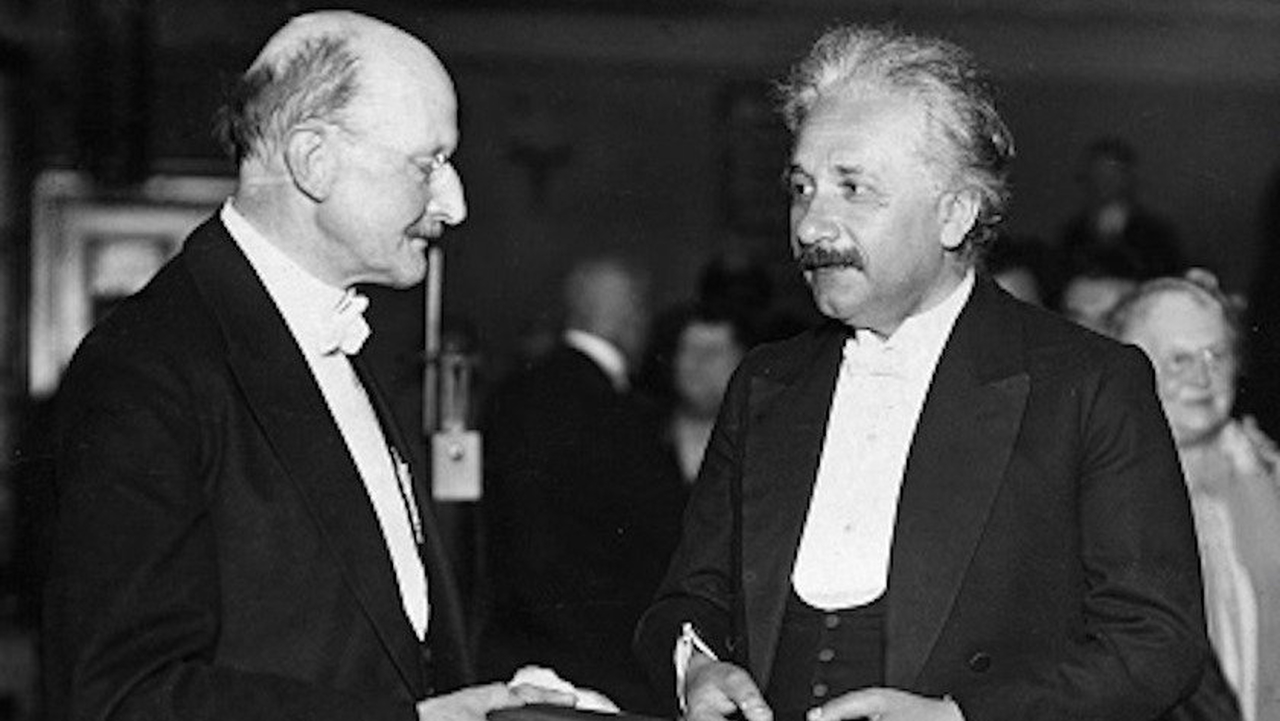For those of us old enough to remember vinyl records, we might recall that when there was a scratch on the album, the needle would sometimes get stuck in the groove. The same sound or lyrics would keep repeating. In the groove, the tone arm couldn’t find its way into the next groove. This is exactly what happens with our thoughts. They tend to keep reiterating the same messages, time and again. When they do so, we summon old memories and feelings and we become stymied in trying to change.
The replay of old thoughts and feelings indicates that we aren’t truly present. The past is not dead in these circumstances, but alive and kicking in the present as we continue to replicate the past. This is such a wasteful way to live our lives as we move from moment to moment – wanting for change – but not understanding how to achieve it. The continuous repetition of old thoughts and feelings robs us of new experience. As well, it deprives us of the discovery of new ways of being. The groove is where fear reigns supreme. Coming out of the groove is where self-actualization appears.
I have been looking at this dilemma for some time now and have developed a method to help people liberate themselves from the grip of the groove. To that end, I have developed a process, which I call Emergent Thinking, whereby we can learn to see the habitual thoughts that trick us into false realities. Learning to observe thought, rather than attaching to and becoming the thought, is where liberation commences.
If I can’t see the thought, I won’t be having a thought – the thought will be having me!
If you have carried a thought like “I’m not good enough or smart enough,” you don’t see it as a thought; you accept it as the truth. It becomes your dominant belief and scripts your experiences and life dramas. That is where thought tricks us. The liberation comes from being able to reflect that it’s only a thought.
The difficulty we encounter in disengaging the thought is due to its automatic nature. Before we have an opportunity to take notice of the thought, we’ve already become the thought. But we can learn to become more alert and slow down the process, so that we may see the thought more clearly. It’s almost like seeing it coming in slow motion. We quickly learn how to accomplish this on physical levels.
Just consider the sport of tennis, and let’s metaphorically equate thought with being the tennis ball. In order to play well, we seek to anticipate the arrival of the ball on our side of the net well in advance of it coming. We see our opponent’s positioning and footwork, their racquet movement and the position of the ball. As the ball approaches the net in its return to us, we’re fully anticipatory. We’d hardly wait until the ball was inches from us before we began to react. Anticipation and awareness are fundamental in tennis or any sport. And so we train ourselves in this awareness and time slows in a relative sense as we come into this zone of awareness.
The flight of the ball seems much slower to the player on the court than to the spectator in the stands. Time becomes relative. The very same thing can be accomplished with thought as we learn to see it in advance of becoming it. This process will be discussed in greater detail in my forthcoming book, Emergent Thinking, but is illustrated here simply to advance this thesis.
Old Thought Defends its Territory
The old thinking defends its territory, so to speak, as it clings to maintain control and dominates our beliefs and actions. This is what the physicist David Bohm referred to as the literal nature of our thought. The deception is that our thoughts instruct us about an objective truth rather than a subjective perception. As such, thought constructs reality and reports it. And in so doing, it obfuscates the fact that it is simply representing a subjective perception.
All ownership of the thought is lost as we merge with the thought. Consider the difference between “she is really being unfair to me and taking advantage” as opposed to “I’m having a thought, which is telling me that she’s treating me unfairly.”
In reality, our thoughts are perceiving – if not constructing that truth – and imprisoning us within those confines. This dilemma is illuminated by contrasting worldviews. In the mechanistic paradigm, reality is comprised of separate objects and events. As such, there is a core belief in objectivity (comprised of objects) as one can stand apart from a separate and discrete reality and observe it. It’s “out there” and you can objectify it. This is typically how our thoughts operate, reporting in on the truth out there.
In the emerging participatory worldview, separation is questionable and all parts participate in a mutually constructed reality. Hence, objectivity falls apart, for it requires separation to be objective. From this vantage, thought should be seen as subjectively representing what we see out there, whereby we participate in that observation. This would be known as participatory thought. Literal thought might instruct us as follows: “I’m such a loser, why can’t I ever do anything right?” This thought is informing us as to the objective truth. Participatory thought would sound like, “ I’m having a thought (perhaps old) that is telling me once again that I’m a loser.” (You might also want to consider if that thought is a replay of messages you received about yourself in childhood.)
The nature of participatory thought leaves us free to reflect upon and consider the thought, as opposed to automatically becoming the thought. This is a vital part of liberating ourselves from the deadness of habitual thought – tirelessly repeating the past and opening to the potential of new thinking. Participatory thought often begins with establishing subjective ownership, i.e., “I’m having a thought.” If we simply launch into the thought, it is claiming objective truth. Once we establish that our thoughts are subjective and participating fully in that which they are reporting, we open to the shift of mind that reaches new potentials.
When we learn to see the thought/feeling arise and witness it, rather than become it, we approach a new level of authenticity. It permits us to be responsive rather than reactive, for it allows for the passage of the extra moment required for reflection. When this occurs, there emerges an “I,” which is far larger than simply being your thought/feeling. This process feels as if you are transcending the common and moving into a deeply sublime realm, hovering above the knee jerk reactivity of ordinary life. And as an added gift, it facilitates much healthier communication and supports our relationships.
In order to come out of the groove, or ungroove, requires the ability to invite in and embrace the dissonance of new thinking. New thinking is most unfamiliar and although we may say we seek it, there’s an entrenchment in the comfort of the familiar zone. What we seek in terms of change requires that we embrace what is unknown. As noted earlier, the dilemma is that if we avoid what’s uncomfortable or awkward then we remain in the habitual groove. If the new thinking and behavior feels uncomfortable as we move toward it, then we have a signal that we are moving us out of the groove. This experience is what we commonly refer to as change. Learning to come out of the habitual groove enables us to consciously choose differently and live our lives in a more participatory and engaged manner. This shift from the automatic and habitual nature of thought/feeling can be described as a movement from rigidity toward plasticity. The more malleable our minds, the greater the movement will be from the rigidity that denies us growth and emergence.





[…] Suspend your critical beliefs and create the space for a new experience of your self. These beliefs are perpetrated day in and day out, moment in and moment out, by a relentless avalanche of old thoughts that platform and source the destructive, prevailing beliefs. Learn to see what your thoughts are instructing. Are they your ally or your critic? The thoughts you attach to become the life you live. Our thoughts operate at warp speed, and in the course of a day, you will likely have thousands of thoughts that diminish yourself. […]
[…] Suspend your critical beliefs and create the space for a new experience of your self. These beliefs are perpetrated day in and day out, moment in and moment out, by a relentless avalanche of old thoughts that platform and source the destructive, prevailing beliefs. Learn to see what your thoughts are instructing. Are they your ally or your critic? The thoughts you attach to become the life you live. Our thoughts operate at warp speed, and in the course of a day, you will likely have thousands of thoughts that diminish yourself. […]
[…] Suspend your critical beliefs and create the space for a new experience of your self. These beliefs are perpetrated day in and day out, moment in and moment out, by a relentless avalanche of old thoughts that platform and source the destructive, prevailing beliefs. Learn to see what your thoughts are instructing. Are they your ally or your critic? The thoughts you attach to become the life you live. Our thoughts operate at warp speed, and in the course of a day, you will likely have thousands of thoughts that diminish yourself. […]